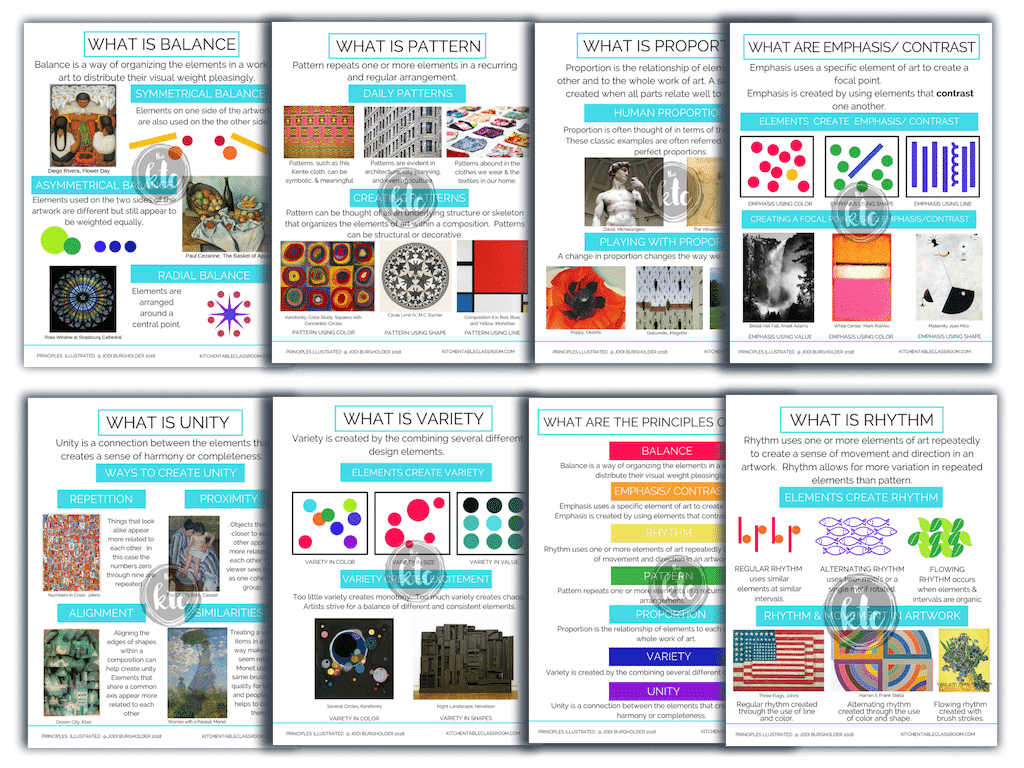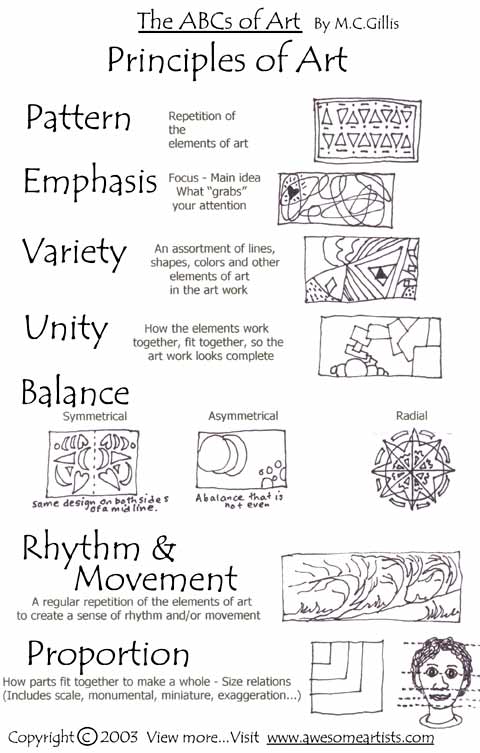
These are characteristics of roughness or smoothness of the surface. In other words, color can either turn any piece into a stunning one or fail it.

Color is usually characterized by three concepts: hue, saturation, and tone and color is used to create a form, contrasts, space, patterns, harmony, etc. Each shade has its own specific connotations associated with it. Space can be positive (the space enclosed within a form or object) and negative (the space left around the objects depicted in the picture).Ĭolor is the basis of visual arts because it defines the emotional component of the piece. It is present in almost every visual artwork. Space is the distances and areas around, between, and inside image elements. Space is formed around and inside the shapes and figures - the next element we consider. The shapes can be geometrical, organic, and curved.

This example is a triangle, but in general, with the help of visual elements, it is possible to get any shape you want. Then, if one adds a third point and connects them, the shape will turn out. and thus they convey different psychological and expressive states and qualities. Lines can be: smooth, uneven, curved, vertical, horizontal, interrupted, continuous, thin and thick, etc. If you connect two points, you get a line - the basis of any drawing. One point can remain an independent element, a number of points - to turn into other elements, to form a plurality of points or stimulate the imagination to create other, completely new forms. A point transforms "nothing" into "something". This is the beginning of all else: another element, position in space, composition, etc. Below is a list of the main visual elements in design and art. To talk about the principles of art and design, it is worth first discussing their tools, that is, the elements of art.

#Elements and principles of art professional
Only experienced and professional artists usually manage to achieve this effect, so we recommend that beginners adhere to the criteria of the basic principles of art. The exception may be artworks in which such inconsistency leads to compensatory merit, that is, without this "violation of principles" this work of art would not be as outstanding. Agreeing with them is rather a wish than a strict norm.Īs a rule, a completed work of art has to comply with the basic principles of art. One could talk about the "norms" of art if these principles were not violated so often. The principles of art could also be called the ideals of art. While the elements are a set of "tools" for the artist, the principles of art become his "guidelines for the use" of these tools, that is, a kind of criteria for determining why the design elements are somehow located in the artwork. Elements and principles of art and design describe basic ideas about the practice of visual arts.


 0 kommentar(er)
0 kommentar(er)
